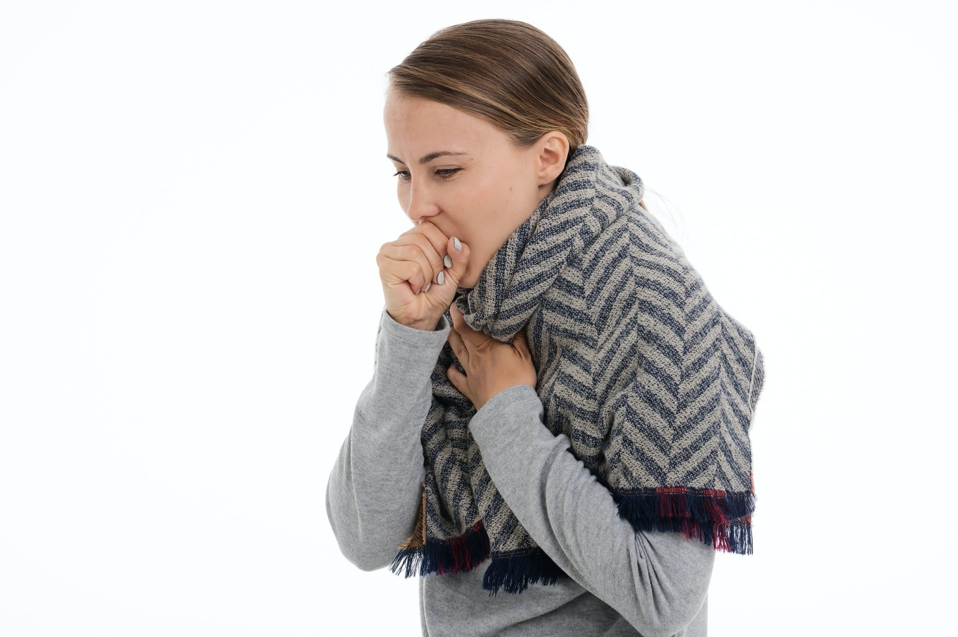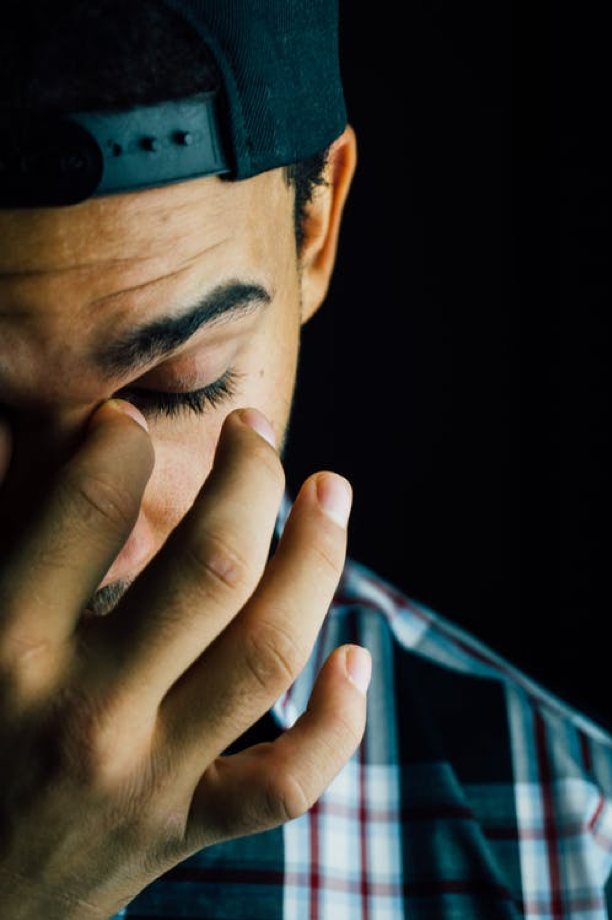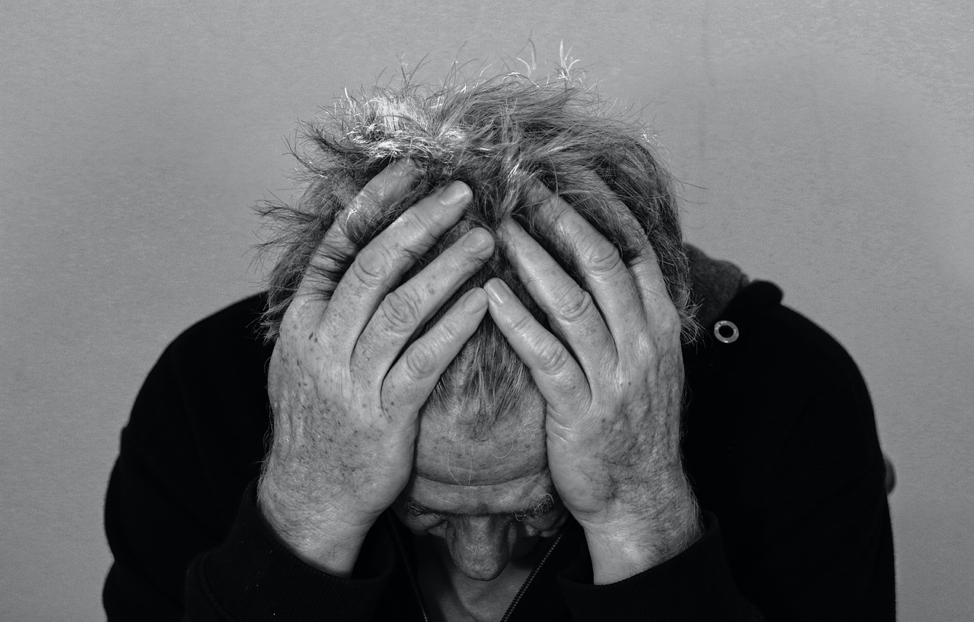Monthly Archives: July 2020
Do You Have A Sinus Infection?
A Sinus infection is a common health problem around the world. Many people who fall victim to it have allergies, structural blockages in the nose or sinuses, asthma, or just a weak immune system.
Sinus is a cavity in any tissue or organ of the human body. Sinus terminology is also referred to as an abnormal cavity caused by the destruction of tissues. Commonly, the word sinus refers to the paranasal sinuses. It is the air cavity in the cranial bones, especially bones near the nose.
A sinus infection occurs when the membrane linings in the sinus cavities suffer from inflammation or infection. If not treated, it can get severe and eventually affect the lungs.
More than 30 million people are diagnosed with a sinus infection each year in the United States. A sinus infection usually occurs from early fall to early spring. Rhinosinusitis affects 35 million individuals per year in the United States 14% of whom are adults.
Symptoms of Sinus Infection
The signs of a sinus infection are as follows:
- Headache
- Fever
- Cough
- Sinus pressure behind the cheeks and the eyes
- A runny nose
- Bad breath
- Mucus with green colors and thickness
- Fatigue
- Sense of smell reduces
Types of Sinus Infection
An allergen, virus, and bacteria can be the cause of sinus. There are various types of sinus infection.
1. Viral Sinusitis
Viral infection can lead to infection, called viral sinusitis. It affects the membrane lining of your nasal cavity, ear, or nose. It mostly occurs when the upper respiratory got infected.
The symptoms of viral sinusitis are the same as a cold. That includes a sore throat, sneezing, runny nose, coughing, and nasal congestion. Mucus is commonly clear or slightly colored during a sinus infection.

Antibiotics are not effective for viral infection. The best treatment is that you take rest as much as you can and drink more fluids. Use saline nasal sprays and take pain relievers for relief during the treatment process.
Viral sinusitis typically resolves in 7-10 days.
2. Bacterial Sinusitis
Bacterial sinusitis is a bacterial infection of the paranasal sinuses. Paranasal sinuses are the hollow spaces in the bones of the face and nose. Bacterial sinusitis is when bacteria inflame the mucous membrane lining of the sinuses.
There are four pairs of paranasal sinuses called the maxillary sinuses, ethmoid sinuses, frontal sinuses, and sphenoidal sinuses. Maxillary sinuses usually suffer from bacterial infection.
Symptoms of bacterial infection are thick green or yellow nasal discharge. The nasal passage is swollen, and mucus drips down the back of the throat; this is called post-nasal drip. Some people also feel facial pain and pressure.
3. Chronic Sinusitis
During chronic sinusitis, symptoms persist for a long time. Symptoms like nasal congestion and post-nasal drainage are more common. If a person coughs at night or when they wake up, it is a symptom of chronic sinusitis. This means that you have a severe sinus infection.
People who have nasal polyps can get infected by chronic infection. For the treatment, nasal steroid sprays are usually suggested by doctors.
4. Allergic Sinusitis
This infection usually occurs in childhood. It is a reaction of inhaling allergens like dust, smoke, and animal dander. If you have a family history of sinuses, you are more likely to suffer from allergic sinusitis. You are more sensitive to allergens and food.
Acute allergic sinusitis can last up to four weeks and chronics last more than eight weeks. Symptoms include nasal congestion, headache, and pain around the cheeks, forehead, and nose and between the eyes. You may also feel itchiness in eyes, nose, and throat. You may face sleeping problems and a reduced sense of taste and smell.
The Bottom Line
You may have a sinus infection if you are experiencing a headache, pain in the eyes, nose, and throat, or thick mucus. Sinus infection can be very painful and requires instant treatment so that it doesn’t get worse.
If you have symptoms of viral, allergic, bacterial, and chronic sinusitis, call the best NYC Allergist Dr. Sneeze to treat your sinus infection. We are the top specialists in New York to diagnose and treat sinus infections.
Visit our website or call us for an in-person or tele-medicine appointment 212-319-5282.
Best Allergist | Post-Nasal Drip
Do you have post-nasal drip? Our nose produces about one and a half liter of mucus a day. The glands in our nose and throat produce a normal, slimy, fluid substance. This is mucus.
To some, this may sound gross, but in fact, it plays a very important role for us. Mucus acts as a moisturizing layer moistening the sensitive nasal membrane. It helps fight off infections, trap, and destroys foreign particles like bacteria, dust, smoke and viruses, among many others. Not to mention, it helps filter out foreign matters and prevents bacteria and other particles from building up.
Post-Nasal Drip
When our body produces more mucus than normal levels, and in different consistency than normal, it becomes thick and more noticeable. Without even realizing it, you swallow excess mucus at least 2 to 3 times each minute. At other times, it simply drips down your throat; this phenomenon is post-nasal drip.

(Source)
To state it medically, Post-nasal drip is a condition in which a person suffers from mucus buildup and feels mucus constantly running down their throat from their nose. It is such a common condition that no one can claim to have never had it. Everyone gets a post-nasal drip at some point in their lives.
Causes of Post-Nasal Drip
Here are the most common causes for post-nasal drip:
- Allergies
- Sinus infection
- Inflammation of sinuses (sinusitis)
- Viral infection like cold or flu
- Sudden change in your atmosphere or the weather like cold temperature and dry air
- Pregnancy
- Irritants like chronic smoking and intense alcohol intake
- Spicy food
It can also happen as a side effect of certain prescription medications like blood pressure and birth control medicines. Sometimes, it is not the excessive mucus build-up that causes post-nasal drip but the inability of your throat to clear it.
Even though post-nasal drip is not a serious condition in itself, it could be a symptom of something else. That is why, if any one of the causes sounded familiar to you, you should consider booking an appointment with an otolaryngologist. Try to find out the root cause of your condition and educate yourself with its triggers in your case. This will aid you in taking precautionary steps and preventing yourself from letting it happen again.
Symptoms
If you are not sure about the cause but still suspect post nasal drip to be your condition, review the most common symptoms to be sure.
- Constant urge to clear the throat, or swallow
- Cough which is more intense during the night
- Sore, scratchy and constantly itchy throat
- Nauseous feeling form excessive mucus going in your stomach
- Bad breath
Natural Treatments
Serious condition or not, it’s an irritating and very uncomfortable condition nonetheless. The good news is that post-nasal drip is treatable both in natural and medical ways. People who have a firm belief in home remedies usually opt for natural treatment while people who want quick results prefer medical treatments.
1. Steam Inhaling

(Source)
Inhaling steam can work wonders on your mucus membranes. You can do this by putting a towel over your head as you hover over a bowl of boiling water. You can also inhale the steam as you are enjoying a hot or warm cup of any drink like tea or even chicken soup.
2. Hydration
This is probably the most crucial one. Keeping yourself hydrated works not only for post nasal drip but also for your overall body fluid balance. This helps in diluting or thinning out the mucus, making it easier to swallow.
3. Avoid Smoking and Alcohol Intake
Alcohol causes dehydration and infection. Smoking, on the other hand, can badly irritate your nasal mucosa lining, leading to excess mucus production and intense coughing.
4. Sleeping Habits
Sleeping with your pillow slightly elevated can also help prevent mucus collection and promote proper drainage.
5. Salt Water Gargle
Gargling salt water can help in diluting thick mucus that is collected at the back of the throat and helps in killing the irritants that cause this.
When to Seek Medical Help?
If your symptoms continue even after 10 days of home treatment or if you are noticing unusually strong symptoms like mucus with a strong odor, wheezing, or a fever, it’s time to visit a doctor and get medicinal help. Your body may be hinting towards bacterial infection.
Bottom Line
However annoying it may be, Postnasal drip is a benign condition and can be treated easily. But, if it’s accompanied by additional symptoms, an appointment to an allergy specialist may be due.
If you are concerned about a post nasal drip and/or additional symptoms, call today:
Boyan Hadjiev, MD
30 East 40th Street
Suite 1200
New York, NY 10016
212-319-5282
Serving all of New York City and the Tri State Area including Zip Codes: Top Allergist NYC Midtown, Chelsea and Clinton: 10001, 10011, 10018, 10019, 10020, 10036 | Gramercy Park and Murray Hill: 10010, 10016, 10017, 10022 | Greenwich Village and Soho: 10012, 10013, 10014 | Lower Manhattan: 10004, 10005, 10006, 10007, 10038, 10280 | Lower East Side: 10002, 10003, 10009 | Upper East Side: 10021, 10028, 10044, 10128 | Upper West Side: 10023, 10024, 10025

